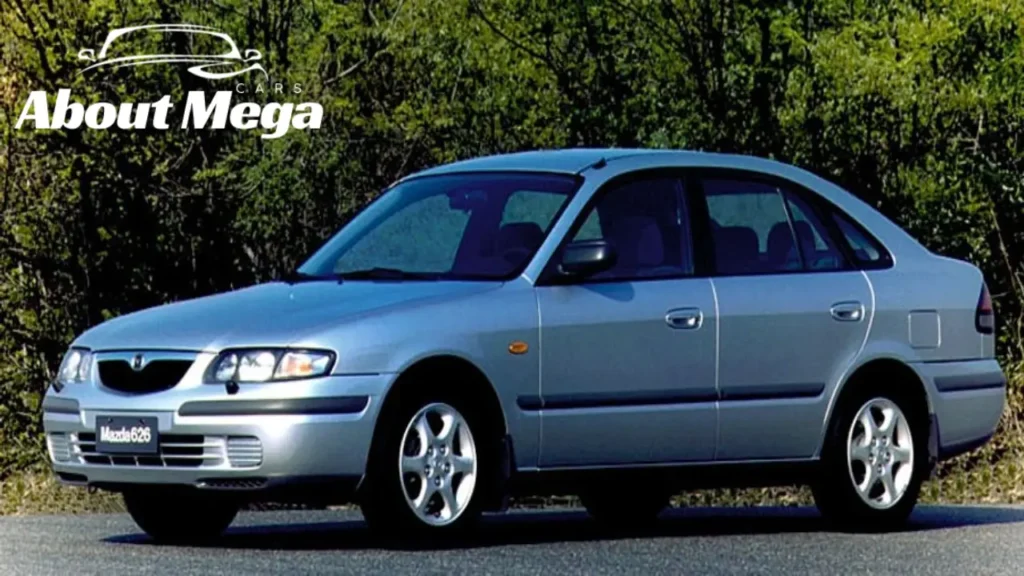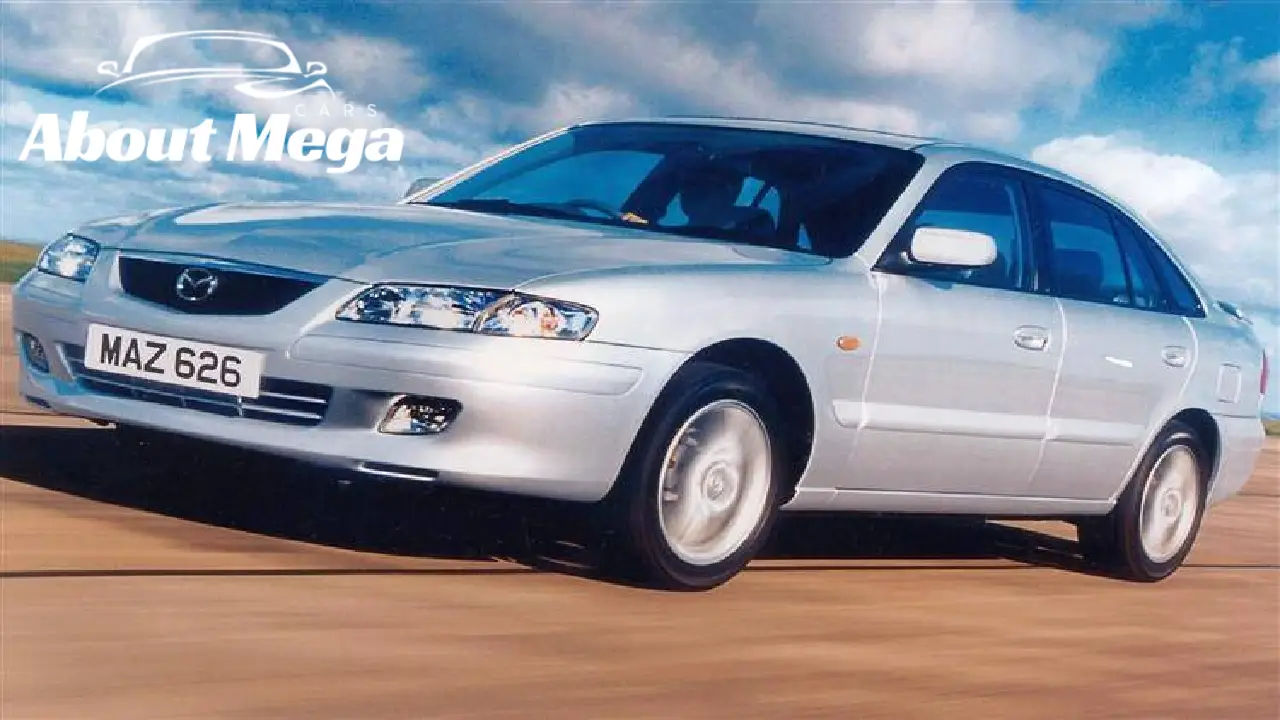Mazda’s commitment to combining performance, comfort, and style. The Mazda 626, a midsize sedan that graced the roads with its presence for several decades, stands as a testament to this commitment. Over the course of its many incarnations, the Mazda 626 has evolved to meet the ever-changing demands of drivers, providing a driving experience that is both dependable and enjoyable. This section will examine the characteristics that contributed to the Mazda 626’s status as a significant contender in the midsize sedan market.
The Available Engines:
The Mazda 626 was available with various engine configurations throughout its manufacturing run. Mazda offered models with numerous powertrains, ranging from fuel-efficient four-cylinder engines to more robust V6 engines, to accommodate a wide range of driving tastes.
| Specifications and Features |
| Engine Options: Various four-cylinder and V6 engine options available. |
| Transmission: Manual and automatic transmission options. |
| Performance: Balanced performance, tailored to provide both power and fuel efficiency. |
| Dimensions: Length: Approximately 185 inches. Width: Around 69 inches. Height: Approximately 54 inches. |
| Interior Comfort: Seating for five passengers. Higher trim levels may include power-adjustable seats and premium materials. |
| Safety Features: Airbags, anti-lock brakes, and evolving safety technologies. |
| Fuel Economy: Competitive fuel efficiency for its class. |
| Wheel Size: Wheel sizes ranging from 14 to 16 inches, depending on trim level and model year. |
| Transmission Options: Manual and automatic transmission choices for driver preference. |
| Comfortable Interior: Well-designed interior with seating for five occupants. |
| Safety Technologies: Incorporation of safety features such as airbags and anti-lock brakes. |
| Fuel Efficiency: Emphasis on delivering competitive fuel economy. |
| Wheel Design: Wheel sizes ranging from 14 to 16 inches, contributing to handling and aesthetics. |
| Trim Levels: Availability in various trim levels, offering different features and sophistication. |
| Legacy and Production Years: Production spanning multiple generations from the late 1970s to the mid-2000s. |
Secondly, transmission:
Because it was offered with both manual and automatic transmissions, the Mazda 626 allowed drivers to select the mode of transmission that best suited their individual preferences. The most important aspects were the responsive handling and the smooth shifting.
The performance of Mazda 626:
A pleasing driving experience was the goal of the Mazda 626, which was designed to strike a balance between power and fuel efficiency. The precise performance specifications differed depending on the model year and the kind of engine that was available.
Measurements:
Every new version of the Mazda 626 changed the vehicle’s proportions. The sedan generally had dimensions of approximately 185 inches in length, 69 inches in width, and 54 inches in height. It was able to strike a compromise between size and agility.

Elegance of the Interior:
The inside of the Mazda 626 was meticulously built to welcome passengers, and it had comfortable seating for five people. Additional features, including power-adjustable seats and luxury materials, were traditionally included in higher trim levels of the vehicle.
Featured Safety Measures:
As safety requirements progressed, the Mazda 626 was designed to contain a variety of safety measures that would improve the protection of both the driver and the passengers. The presence of technologies such as airbags, anti-lock brakes, and others helped create a safe driving environment.
Economy of Fuel Use:
Considering the significance of fuel efficiency, the Mazda 626 was designed to deliver competitive gas mileage. People looking for a reliable and cost-effective form of transportation were the target audience for the sedan.
Size of the Wheels:
Wheel diameters on the Mazda 626 ranged from 14 to 16 inches, which contributed to the sedan’s overall handling and enhanced cosmetic appeal. The choice of wheels may change depending on the model year and the vehicle’s trim level.
Levels of Trim:
Mazda offered the 626 in several trim levels to provide customers with options tailored to their interests. Drivers can take pleasure in a variety of features and levels of complexity, regardless of whether they choose a base model or a higher-end trim.
Production Years and the Legacy Remaining:
Production of the Mazda 626 spanned numerous generations, beginning in the late 1970s and continuing until the middle of the 2000s, leaving behind an enduring legacy. The sedan continued to be a well-liked option for people and families alike because of the improvements introduced with each new model.
Conclusion
In conclusion, the Mazda 626 is a vehicle that exemplifies Mazda’s commitment to artistry and creativity and occupies a distinct place in the history of automobiles. Even though particular features can change depending on the model year and generation, the Mazda 626 has always been designed to provide its customers with a driving experience that is dependable, comfortable, and exciting. The Mazda 626 continues to be a treasured chapter in Mazda’s long and illustrious history, particularly for those looking for a midsize car that gracefully negotiates the progression of automotive design.


Leave a Reply